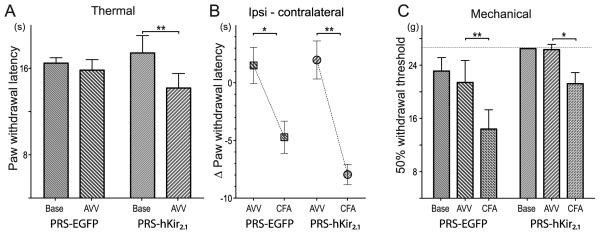Figure 3. Inhibition of pontospinal NAergic neurons causes thermal but not mechanical hyperalgesia.
To examine the effect of inhibition of pontospinal NA neurons in a sensitized state we used the CFA inflammatory pain model in two groups of animals that had been transfected with AVV ten days earlier (n=7/group).
A) Animals transduced with AVV-PRS-hKir2.1 showed thermal hyperalgesia on Hargreaves’ testing (hKir2.1 17±2 vs. 14±1 s (P<0.05)) prior to CFA injection, this was not seen in the control animals (EGFP 16±1 vs. 16±1 s (NS)) (two-way rmANOVA with Bonferroni post tests)
B) To account for the change in baseline thermal nociception in the AVV-PRS-hKir2.1 group, the changes in ipsilateral hindpaw withdrawal latency after CFA was compared relative to the contralateral hindpaw. Injection of CFA produced thermal sensitization in both groups of animals (difference after CFA: EGFP −6±2 s, P<0.01 vs. hKir2.1 −10±1 s, P<0.001 (two-way rmANOVA with post hoc Bonferroni tests). Strikingly, the AVV-PRS-hKir2.1 group, which started from an already sensitized state, showed almost a 2-fold greater decrease in thermal withdrawal latency after CFA (hKir2.1 −8.0 s vs. EGFP −4.7 s).
C) Transduction with AVV had no significant effect on the mechanical withdrawal thresholds in either group. After CFA injection both groups of animals showed significant sensitization (EGFP P<0.01, hKir2.1 P<0.05) although the magnitude of this change was similar in both groups (EGFP −7.0 g vs. hKir2.1 −5.1 g).

